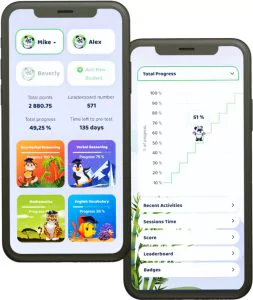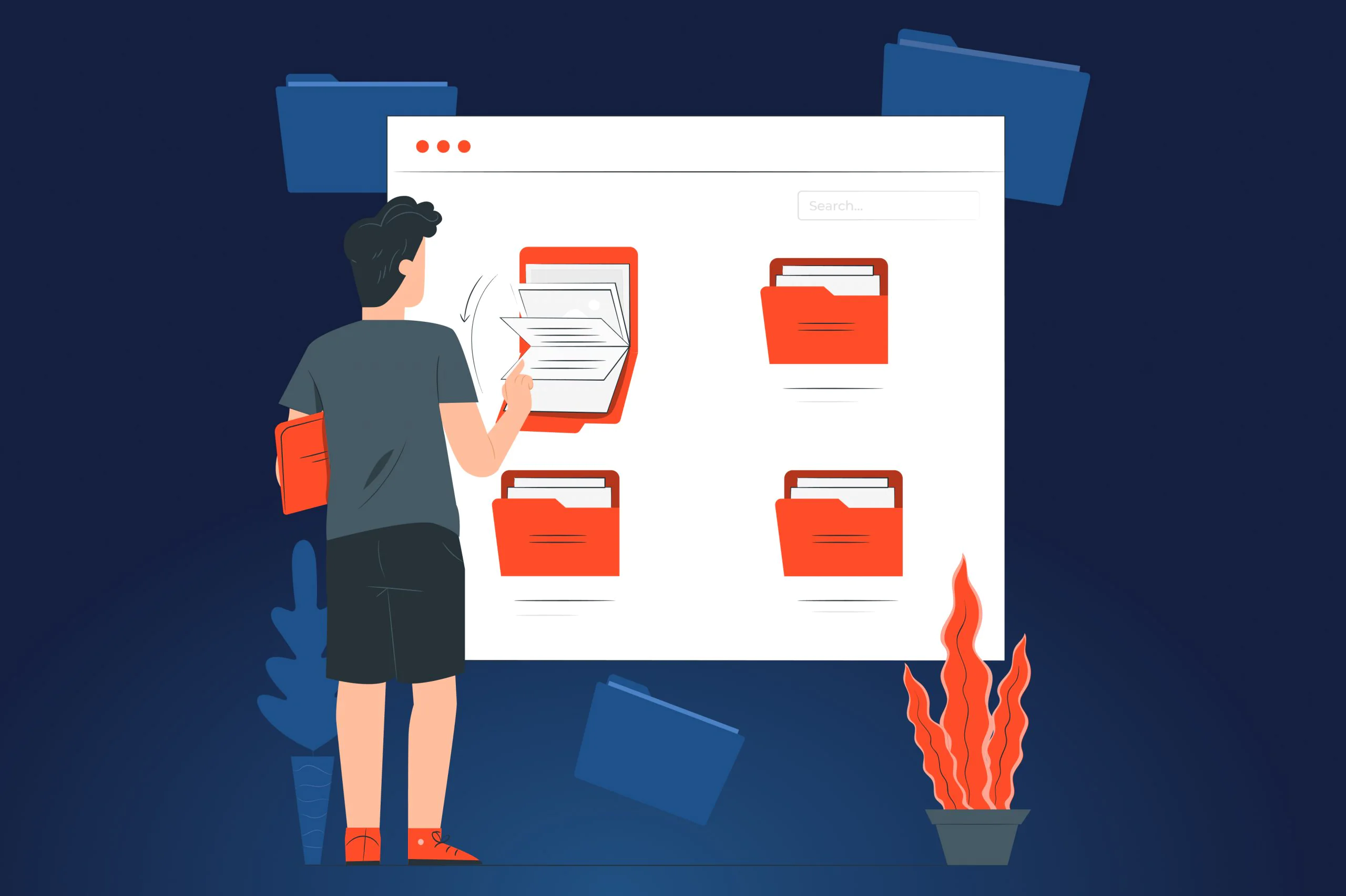To make your IT product profitable, you need to know whether it delivers value to the target users. However, finding the right approach to product development takes time and money, so you put your startup at a serious risk. Embroker reports that 90% of all startups fail, and misreading the market demand is the main reason in 42% of cases.
Development of a minimum viable product (MVP) helps to understand whether your product idea will work and generate profit. MVP enables you to test the product’s basic features and check whether users truly need them. In such a way, you can find new business opportunities without spending a lot of resources, so your startup is much less likely to fail.
Still, defining a good MVP is also a challenge, as you need to take multiple factors into consideration. JatApp has completed more than 200 successful projects and we have developed our own vision of MVP. In this article, we’ll share with you some knowledge about what MVP is, how to define it, and why our approach will work for your startup best.
What is the meaning of MVP?
The concept of MVP was introduced by Frank Robison in 2001. Then, American entrepreneurs Steve Blank and Eric Reis made it a common term. A minimum viable product is a basic version of your software solution that will be tested by early users.
MVP usually has a minimal set of features that allow the product to enter the market and get feedback. Introduction of MVP to your target group of users helps to see whether people like the key features of your product or not.
Building an MVP is a process of continuous iteration that pursues identification of users’ needs and problems to be solved. The iteration process leads to development of minimum viable product features that can address those needs and problems. On top of that, the creation of MVP can guide you in selecting the priorities for the startup budget and features development.
The ability to choose the most valid priorities for your product means that you don’t invest into developing features that won’t sell your solution at all. As long as you’re developing an MVP, you just need to add features that are most wanted by your target users, so you can keep enhancing your solution without the risk of going in the wrong direction.
Dropbox is the most common example of MVPs that became a big branded product. The entrepreneurs just released a video demonstrating basic features and advantages of storing data in one place. Users gave feedback that helped the company to collect investments for the product development and to succeed.
Another good example of how MVP transformed into a successful product can be provided by a Latvian startup that collaborated with JatApp. We worked on Fameelee, a mobile family locator, and we needed to have a deep understanding of the product requirements.
That is why JatApp held a strategic workshop to determine the most acceptable approach to the product development. Then, our Project Manager and 6 software engineers worked on the MVP, which was successful enough to continue the project with a dedicated team provided by JatApp.
How to define MVP
There are various approaches to MVP definition, but you just need to know the most basic approaches.
Business Model Canvas
The Business Model Canvas is used for deciding what is needed for starting a new business. The process of MVP definition requires only four components to consider: customers, value proposition, channels, and relationship. Let’s discuss each component:
- Customers. In terms of the Business Model Canvas, customers are a group of people that will use your product. You need to decide what specific group of users you intend to serve. You can simply describe who your users are, what they need, what problems they have, and so on.
- Value proposition. It is what you’re offering to your users. Your value proposition should solve a user’s problem or meet some of their needs.
- Channels. The Business Model Canvas views channels as ways used for delivery of your value proposition to customers. Let’s take an example when JatApp worked on the EdTech platform that connects university students and private tutors. In this case, the marketplace is a channel that delivers the value proposition to target users.
- Relationship. This component refers to the way your startup attracts and retains users. Generally speaking, you need to decide how you will treat and keep your customers interested in your product over time.
Value Proposition Canvas
The Value Proposition Canvas is an extension of The Business Model Canvas and it is focused on establishing a strong relationship between customers and value proposition components.
The Value Proposition Canvas aims at two major blocks: customer profile and company’s value proposition. Customer profile describes three main aspects:
- Gains. The Value Proposition Canvas refers to ‘gains’ as to the benefits a user can have by accessing your value proposition. For example, one of the products we developed, Splitzy, is a personal finance manager, and its main ‘gain’ is enabling a user to split their bills with friends without confusion and argument.
- Customer jobs. This aspect relates to a person’s daily tasks, problems, or dreams they have. In the case with Splitzy, splitting a bill or lending someone money is a customer job that they do from time to time.
- Pains. When some job needs to be done, users experience various challenges that are annoying. Again, splitting a bill with a friend is confusing and can even lead to an argument, while the use of the above-mentioned app can help customers split the bill without any pains involved.
At the same time, company’s value proposition map includes the following aspects:
- Gain creators. This aspect simply describes how your product can create a customer gain and what value it can provide.
- Pain relievers. They describe how your product is going to manage a user’s pain.
- Products and services. It is actually your product that creates gains and relieves pains, thereby justifying the value to your customers.
Job to be done (JTBD)
This framework uses an approach that pays attention to understanding a user’s specific goal and a process that should be performed to achieve it. The JTBD framework helps to understand the original motivations of a customer when they decide to use a particular product.
For instance, JatApp worked on the Near Miss Reporting App, as our client wanted to adopt a safety culture inside their organization. In this case, popularization of safety culture is a ‘job’, while encouraging employees to report near misses in the form of a contest is the process that makes this ‘job’ done.
Near Miss Reporting App user interface
Prioritization matrix
A prioritization matrix visualizes all possible directions for your product development, so you can select the most important scenarios and prioritize them. This approach to MVP definition is particularly effective when you already have the basic understanding of your product, and you can keep developing your product according to several scenarios.
Drawing a prioritization matrix is a good way to make the right decision because you can map out all possible courses of action.
Customer journey map
This method of MVP definition is simple yet effective. You just need to imagine a story, where your users are likely to be involved. The story includes an actor — customer, actions — tasks or problems a customer needs to manage, and story ending — a result of actions performed by a customer.
For example, a customer wants to adopt a pet. It means that a customer acts as a pet adopter. Consequently, creating a profile at a pet search website, finding a pet the customer likes, arrangement of appointment with an animal shelter representative, and applying for a pet ownership are the actions. Finally, taking a pet home is the story ending.
JatApp’s MVP approach
In JatApp, we believe that each product has its unique requirements, but a good MVP should include the basic functionality first. That is why we tend to prioritize the product’s core features, from which the development process can start. For that reason, JatApp always pays particular attention to the product discovery phase.
Product discovery is a project’s stage within our software development life cycle when we discuss with a client the main purpose of a product they want to build. At the same time, our business analysts perform deep market research, especially when the customer doesn’t know their main competitors.
Product discovery helps to decide what features to include in the product and how they can help in competition with rivals. Thanks to a thorough market research done by our business analysts, such products as PreQuest and Travel Spots developed by us offer features that uniquely address the needs of users.
Gamification feature of PreQuest
As soon as JatApp develops MVP with all core features, we create a roadmap for further project progress. Usually, we suggest focusing on developing features that can make a product marketable, as it helps to scale the product. As an example, when we worked on a cross-platform VPN solution we started with an MVP development.
The MVP proved that the basic features of the product create a significant value to its users. Consequently, we proposed our client to direct the project towards the development of more complex features. As a result, the product became a reliable foundation of the client’s business, and now the solution has more than one million users all over the world.
Every single MVP prepared by JatApp is ready for market deployment. Aside from product discovery and its development, we pay much attention to Quality Assurance and testing of any product we’re going to release.
We believe that MVP validation can be accurate only when target users have no problems with accessing or using any of the product’s features. Our QA team will check your product for bugs and fix them, so you can release a properly working MVP.
Work on your MVP with us
Development of a minimum viable product is crucial to the success of your startup because MVP ensures that you find a genuine business opportunity. We have covered the most popular ways of MVP definition, but the toughest part is to perform a profound market analysis and have tech talents to work on the product development.
JatApp has 6 years of experience in software development, so we are glad to offer you our help. By cooperating with us, you’ll have access to the largest pool of tech talents in the Eastern Europe, so you can assemble a team according to your needs.
Get in touch with us, and we’ll contact you as soon as possible.








